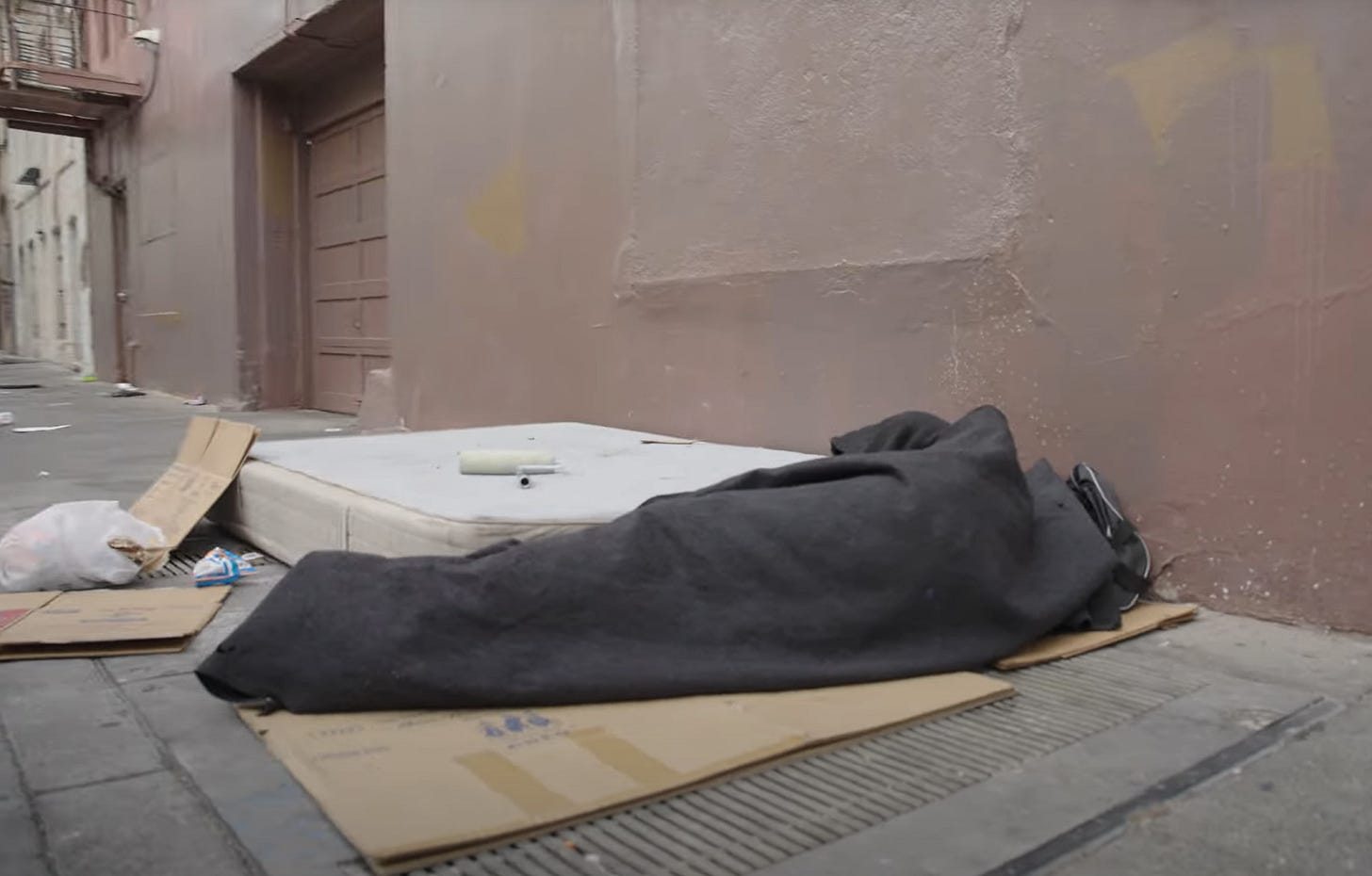Narcan as a weapon of punishment
It's cruel to force users into withdrawal, but police once did it all the time
By now you may have seen the viral video of a man threatening to Narcan a drug user in San Francisco.
This video might seem confusing at first, because we usually hear about Narcan’s life-saving effects, how it brings people who are ODing back to life.
But Narcan can be a total nightmare for an opioid user who’s not ODing. The drug, also known as naloxone, works by binding so tightly to opioid receptors that it knocks off anything else inhabiting the receptors — like fentanyl or heroin.
If you’re ODing, that’s great. But people who are simply high don’t want to be Narcanned, because it sends them into acute withdrawal. And that’s a horrible sensation.
“Using Narcan this way is not just mean spirited, it’s cruel,” Dr. Ayesha Appa of UCSF told the San Francisco Standard. “When you send someone from a resting state to a heart rate of over 120, and say somebody has preexisting medical problems…it can be life-threatening.”
Sometimes, even users on the brink of death become extremely agitated when they’re Narcanned — even trying to fight the person who administered the medicine — because before the Narcan they felt bliss, or at least calm. Now they feel awful.
But that’s not what we’re talking about here. We’re talking about the apparent trend of threatening street users with Narcan so they will go away.
As annoying as it can be to have an unhoused person loitering in front of your home or business, terrorizing them isn’t the answer.
But it’s not new. In fact, it has been going on for decades, often in an official capacity.
Starting in the 1950s a similar drug was widely used by police to suss out heroin users.
The drug was called nalorphine. It was a predecessor to naloxone. Like naloxone, nalorphine is an opioid antagonist, meaning it knocks other opioids off of the opioid receptors.
It was intended to reverse opioid overdoses, but that’s not how police were using it. Writes Nancy D. Campbell:
In Alameda County, where Oakland, California, is located, police used it as a tool of surveillance and social control, a pharmacological “tell” to detect who was dependent on narcotics.
Basically, police would give it to people suspected of using heroin, against their will. If they got sick and went into withdrawal, that was proof they had heroin in their systems!
The state of California even…




